7 Golf Ball Myths
In this video, Titleist fitter Tom Hiscock dispels seven of the biggest golf ball myths
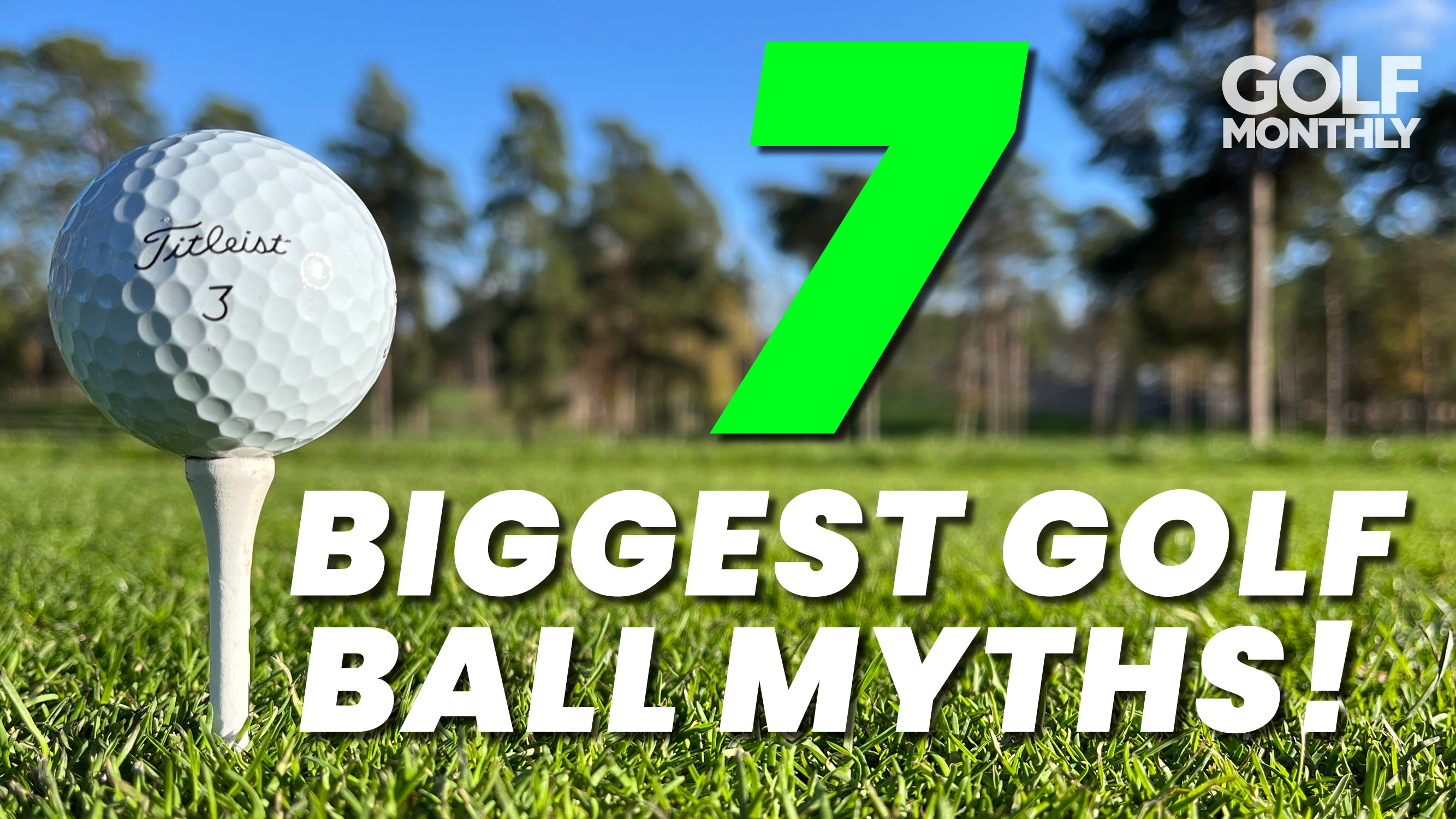

When it comes to choosing the right golf ball for your game there are a host of different factors to consider, covering everything from spin and feel to compression and colour. Over the years a series of misconceptions have surfaced about golf ball performance that can lead players down the wrong path. In the video and article below, we've teamed up with Titleist to dispel seven myths that could change the way you think about golf balls for good...
7. 'I don't spin the ball'
As long as you've hit the ball with the face of the club, you will have created backspin at impact. This is one of the things you learn during a golf ball fitting. However, some think about backspin only as how quickly the ball checks once it hits the green, but the spin you create will, more importantly, determine the sort of flight you get. Finding a ball with the right spin profile for all areas of your game is a vital consideration to make, as Tom explains.
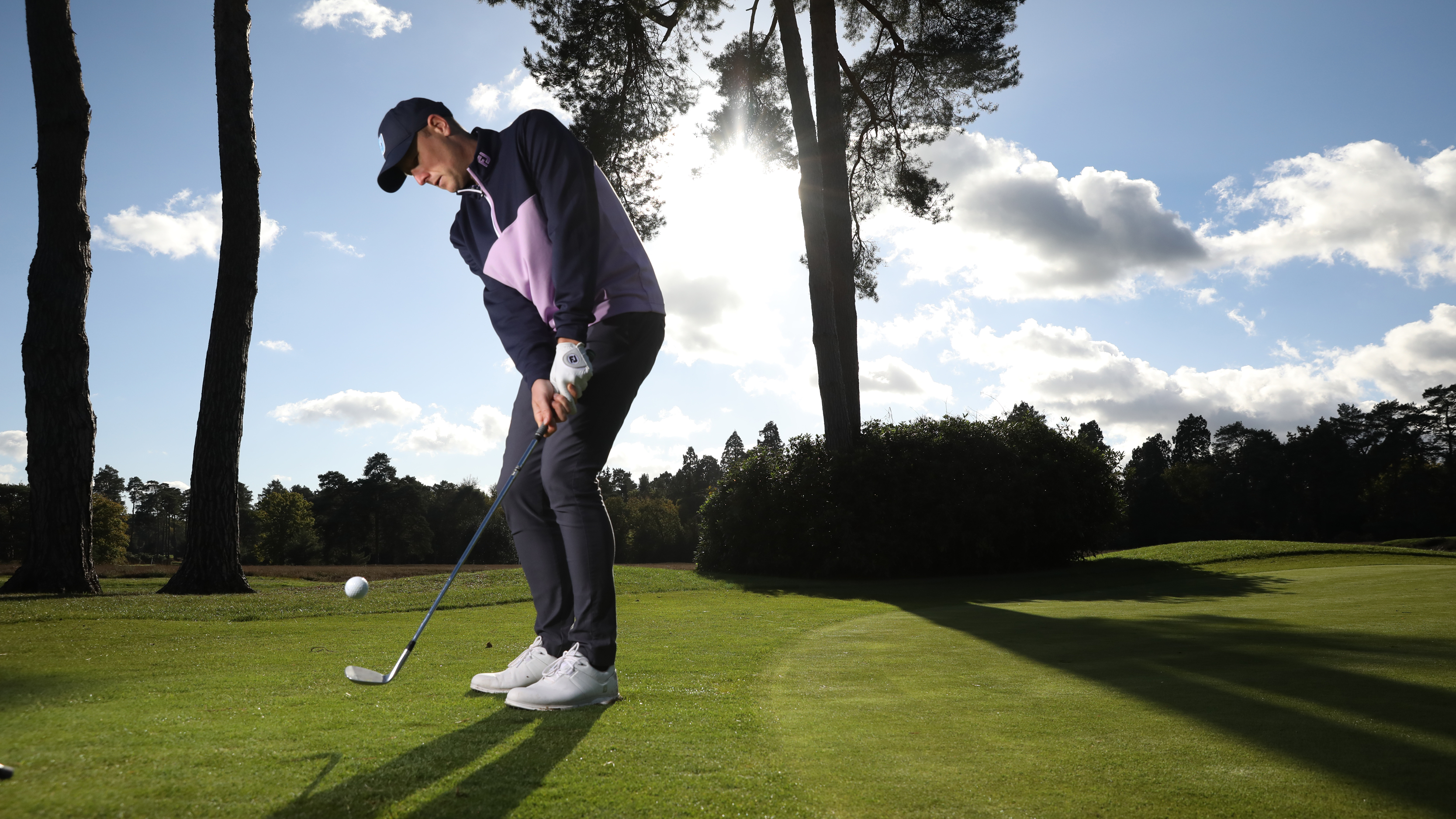
"Each of our golf balls are designed to offer different levels of spin. We have to match that in with how you deliver the golf club. Every golfer who comes to see us will spin the golf ball. It's down to us to recommend what one and it's really important to get it right, especially if you're chopping and changing from hole to hole or round to round."
6. Soft vs hard golf ball performance
The common conception is that softer golf balls are going to spin more and a harder ball is going to offer less control. Go to any golf club and that is likely to be the general consensus. It's time to dispel that myth and set the record straight using the best Titleist golf balls as case in point. Over to Tom...
"It's a big myth and the word 'soft' is very misunderstood. Softer golf balls are soft through compression, so they feel soft. Soft-covered balls are typically higher compression and firmer-feeling, but offer you more spin and control.
"Every golfer will have a preference - some will prefer a softer-feeling ball and others want a firmer feel. Within our performance range, which encapsulates TruFeel, Velocity, Tour Soft and Tour Speed, all are a different compression and feel different."
5. You should use a 'winter ball'
Should you change your ball with the seasons? It's a quandary many golfers face in winter especially as the warm and firm conditions make way for bitter temperatures and soft turf underfoot. The temptation is often to turn to a harder golf ball, but what do the experts think?
Get the Golf Monthly Newsletter
Subscribe to the Golf Monthly newsletter to stay up to date with all the latest tour news, equipment news, reviews, head-to-heads and buyer’s guides from our team of experienced experts.
"This is one we get asked all the time," says Tom. "The consistency of playing the same golf ball from season to season, from wetter conditions to drier conditions, remains the same. We would much rather the golfer changed their club selection or their technique to suit the conditions.
"If you change the golf ball to suit the wind, for example, it's also going to feel very different when you're putting or chipping. The most important thing is consistency, so playing the same ball is key."
4. Swing speed dictates ball choice

A lot of golfers get sucked in to thinking they should be using a certain golf ball based on how fast they swing the club. Of course, it is usually driver swing speed they quote in this scenario but swing speeds change with different clubs. The people at Titleist have a very different way of thinking about golf ball choice when it comes to swing speed...
"Our methodology is quite different," explains Tom. "When we're recommending golf balls, we start at the green and work our way back to the tee. We fit the golf ball to the wedges and the irons and we fit the driver to the golf ball. There's far more we can change on the driver settings - whether it's loft, centre of gravity or head design - to influence spin and distance off the tee."
3. Females should use female-specific balls
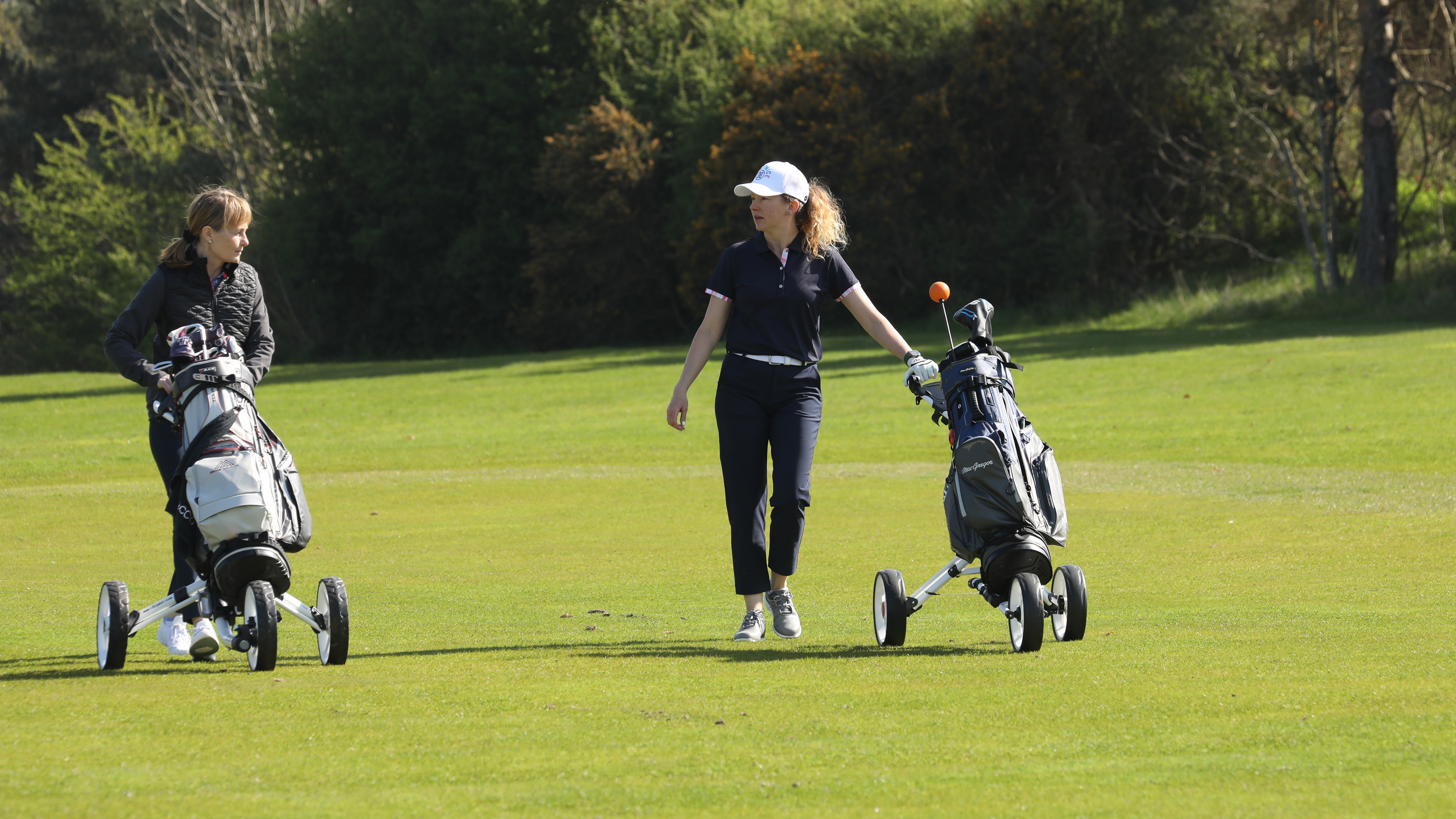
It's 2022 yet there is still a commonly held belief in some quarters that females should stick to female-specific golf balls. It's certainly not a school of thought Titleist buys into, so what should female golfers focus on when it comes to choosing their perfect golf ball?
"The golf ball doesn't know who is hitting it," Tom says. "So it doesn't matter whether you are male or female, or older or younger. For us, it's a case of finding out what the golfer is looking for, regardless of gender.
"Typically, 'women's' golf balls are softer to accommodate slower swing speeds, but using our methodology of working from the green to tee, speed doesn't come into it. You can't link a clubhead speed with a gender."
2. Coloured balls aren't for serious golfers

This is one that is perhaps slowly changing but it's still believed by certain cohorts. For some reason, coloured golf balls are associated with high-handicappers. The best yellow golf balls are just as good as their white counterparts, so let's discard this myth once and for all.
"There are coloured golf balls being used on tour now. Some of the senior players might use it as a visual thing, but it comes down to preference. When we're fitting and recommending golf balls we're talking about performance but it's really important to find out what their preferences are.
"I remember fitting a gentleman who was struggling to hit a white golf ball. As soon as I put an orange golf ball down he could make really good contact. It completely revolutionised his game. They all perform the same as the white golf balls."
1. 'I'm not good enough for a premium ball'
There will be many people who have had this thought at least once in their golfing lifetime. And it can stem from different things. Often, it comes from watching tour pros and deciding there's no way you should be using the same equipment as them. However, when it comes to the ball that's another misconception Tom was eager to put right...
"Those golfers are the best in the world and they are looking to optimise their performance, so we should as well. Especially given the fact that we're striving to be as good as we can be. When it comes to handicap and ability, a lot of golfers don't think they are good enough because they are losing too many.
"On shorter shots, you could argue that higher handicappers miss more greens, so therefore having a premium golf ball that gives them more spin and control makes their target bigger. So it actually makes the game easier. This is a big myth."

A lifelong golf fan, Andy graduated in 2019 with a degree in Sports Journalism and got his first role in the industry as the Instruction Editor for National Club Golfer. From there, he decided to go freelance and now covers a variety of topics for Golf Monthly.
Andy took up the game at the age of seven and even harboured ambitions of a career in the professional ranks for a spell. That didn’t pan out, but he still enjoys his weekend golf at Royal Troon and holds a scratch handicap. As a side note, he's made five holes-in-one and could quite possibly be Retief Goosen’s biggest fan.
As well as the above, some of Andy's work has featured on websites such as goal.com, dailyrecord.co.uk, and theopen.com.
What's in Andy's bag?
Driver: Callaway Mavrik Sub-Zero (9°)
3-wood: TaylorMade Stealth 2 Plus (15°)
Driving iron: Titleist U500 (17°)
Irons: Mizuno mp32 (4-PW)
Wedges: Titleist Vokey SM9 (50°, 54° and 58°)
Putter: Titleist Scotty Cameron Newport 2.5
Ball: TaylorMade TP5x
-
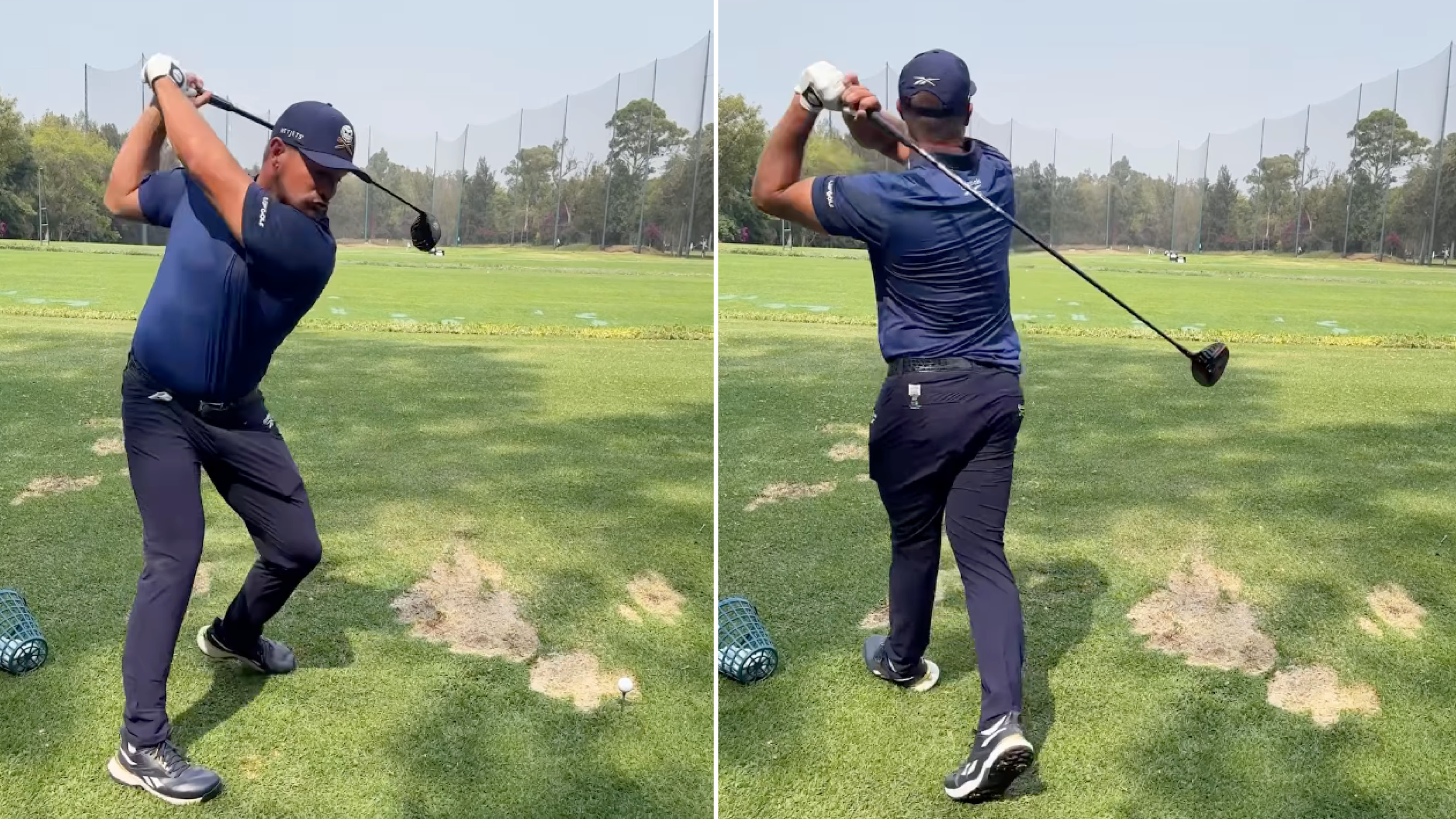 Watch Bryson DeChambeau Smash 400+ Yard Monster Drive In LIV Golf Mexico Practice
Watch Bryson DeChambeau Smash 400+ Yard Monster Drive In LIV Golf Mexico PracticeDeChambeau is hitting mega drives this week in the 7,800ft altitude setting of Golf Club de Chapultepec in Mexico City
By Elliott Heath
-
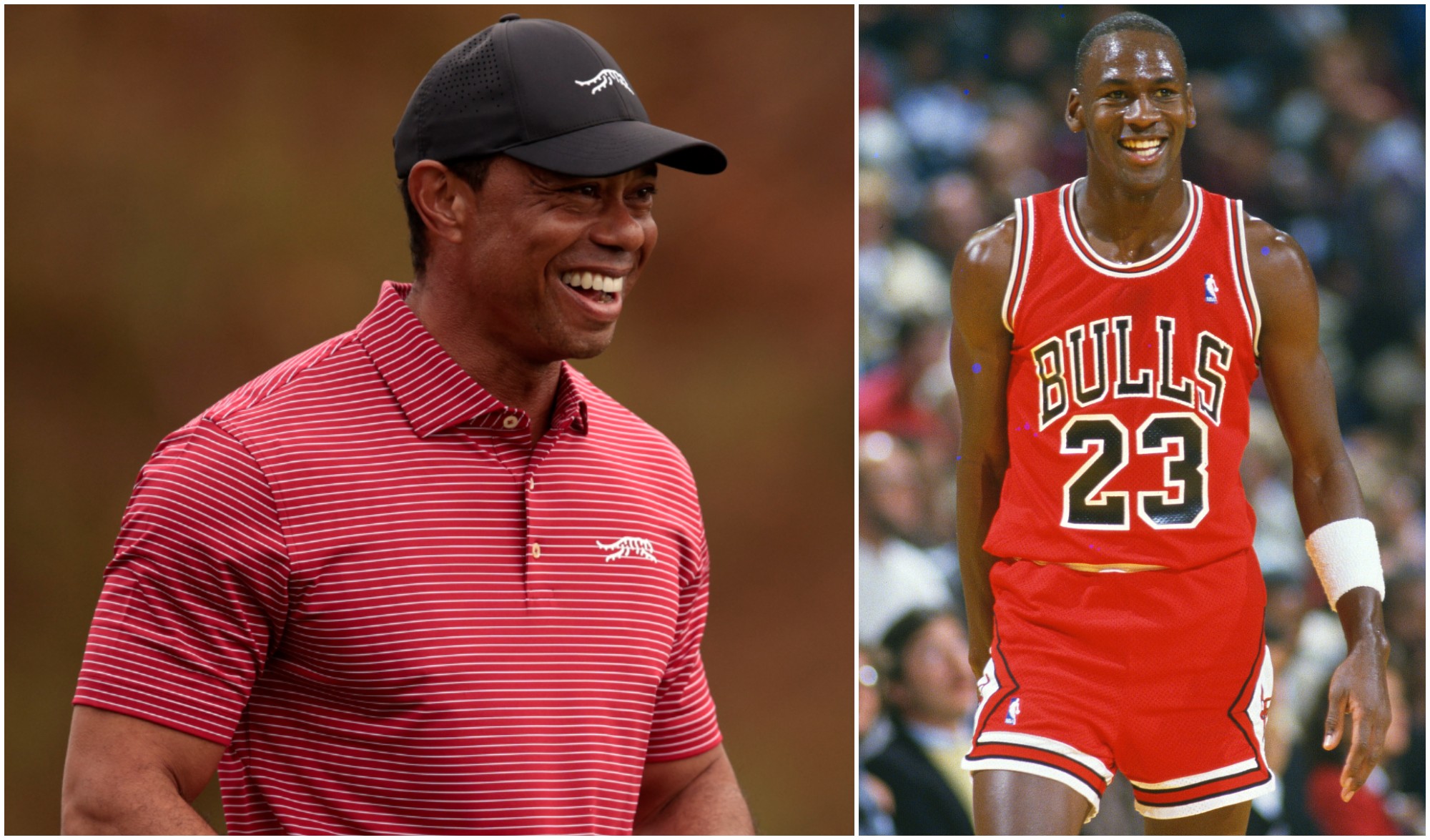 Tiger Woods Heads 8 Golfers To Make All Time Rich List Of Top 50 Highest Paid Athletes
Tiger Woods Heads 8 Golfers To Make All Time Rich List Of Top 50 Highest Paid AthletesTiger Woods is the second highest paid athlete of all time behind only Michael Jordan in a new top 50 rich list from Sportico
By Paul Higham